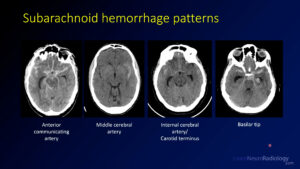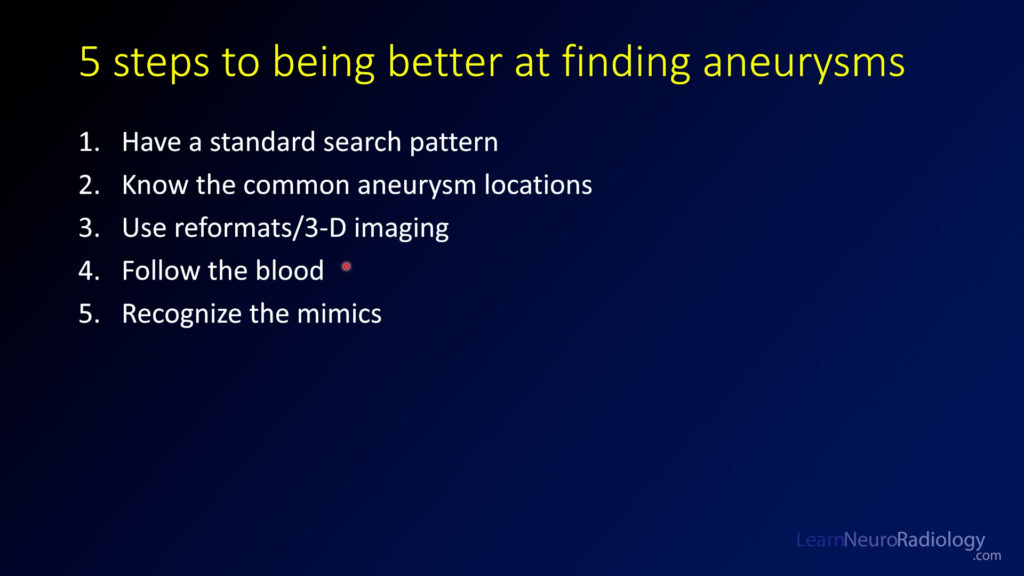Imaging of the sella
In this video from Dr. Katie Bailey, we go through imaging of the sella, including a brief review of the contents of the sella, common pathologies on MRI, and an algorithm for refining your differential diagnosis based on location.
Normal sellar anatomy. The pituitary gland sits in the sella and in general should measure less than 1 cm. The posterior pituitary is intrinsically T1 bright. The gland and infundibulum enhance on postcontrast images. Sometimes the pituitary can appear more convex if the carotid arteries and cavernous sinuses are more medial than expected, which is a normal variant
Empty sella. When the sella is expanded and filled with CSF, this is called an empty sella. Sometimes you can see a thinned pituitary at the bottom or it may be completely compressed. This is most commonly seen in the setting of intracranial hypertension.
Pituitary cysts. These are relatively common lesions, often hypointense on T1 and hyperintense on T2 and do not enhance. Rathke cleft cysts can be T1 hyperintense if they have proteinaceous content. Pars intermedia cysts and Ratke cleft cysts are terms that refer to the same pathologic diagnosis but some people use them differently based on the size/location of the lesions. Adenomas can also have cystic degeneration, particularly if they have been treated.
Pituitary adenomas. These are hypoenhancing lesions which enhance less and more slowly than the adjacent gland. They may fill in with time. Microadenomas are by definition less than 1 cm. The infundibulum will often be deflected away from the pathology because of mass effect.
Macroadenomas. These are pituitary tumors that are greater than 1 cm and may have a snowman appearance with mass effect on the adjacent optic chiasm. These will often involve the cavernous sinuses. Involvement greater than 270 degrees around the carotid is highly suggestive of cavernous sinus invasion, and classification systems such as the Knosp classification can help you be more exact about cavernous sinus involvement.
Other lesions. Other common lesions in the pituitary are metastases, apoplexy (hemorrhage most commonly into a pre-existing adenoma), and meningiomas.
Autoimmune hypophysitis. This is a special type of inflammation of the sella most commonly occurring in patients getting immunotherapy for metastatic melanoma (ipilimumab). The pituitary and infundibulum are commonly diffusely enlarged and enhancing.
Lymphocytic hypophysitis is an inflammatory disease of the infundibulum which may involve the gland itself, but often spares it.
Metastatic disease. Metastases can occur in the pituitary gland or infundibulum. If you see an irregular mass filling the sella in a patient with known malignancy, consider metastases.
Other lesions. Aneurysms of the internal carotid artery, epidermoids, chondrosarcomas, and other vascular variants can all involve the sellar region and infundibulum, so it is important to keep those in mind.
Hopefully you learned a bit from this video about approaching sellar lesions. Be sure to check out the other videos on search patterns as well as all the other
See this and other videos on our Youtube channel


